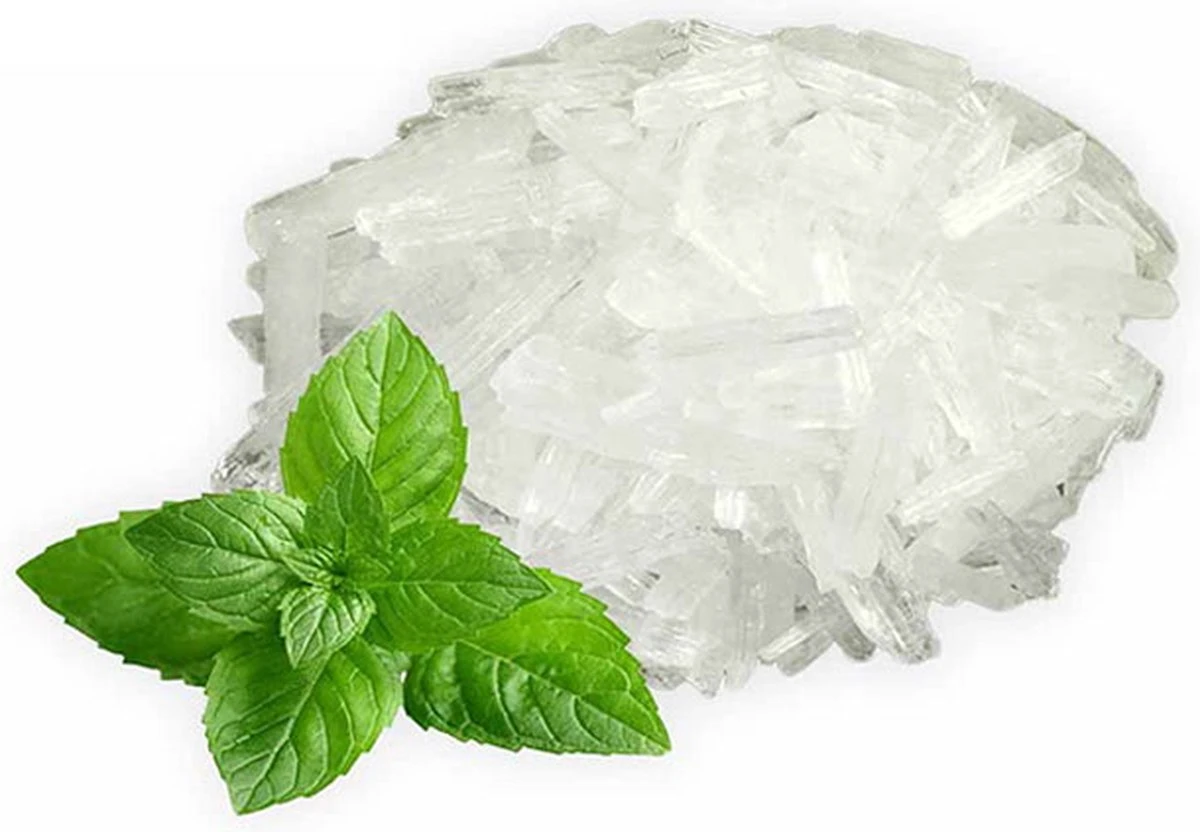Details
Some background about Parsnip
Pastinia, Pastinaca sativa subsp. sativa, pinks or white carrot is a plant in the umbellifer family, Apiaceae. It is an approximately 20 cm long root vegetable with a sweet aniseed flavour and a creamy white colour. It was cultivated in Roman times and used as a sweetener until the arrival of cane sugar in Europe.
Cultivation of Parsnip
Although the parsnip can be harvested as early as summer it is usually considered a winter vegetable. Often people wait with lifting until a cold period has passed, this would benefit the taste. Harvesting is possible throughout the winter because the root in the ground does not freeze to death.
What to use Parsnip?
Like the winter carrot, parsnip can be eaten raw, boiled or stewed. Parsnip can also be fried or made into a stew. Fried parsnip is similar to crisps. The parsnip is used as an ingredient of stews, among other things. The parsnip is also often used as a flavour enhancer in soup.
Pro's & cons plus-circle
Rich in fibers, vitamins, minerals, and antioxidants plus-circle
Natural sweet anise-like flavor plus-circle
Versatile in use: raw, cooked, stewed, baked, in mashed potatoes, or soup
Legal Disclaimer: We try to deliver organic qualité if possible. However, this is not always possible and the quality can varie during the year. This due to: insufficient harvest, not sufficient active principals in de organic qualité, temporarily not available in organic quality,…Do you wish more information on this, then we need to check our current stock.
Allergan info: This product is packaged and/or stored in a facility that also processes products containing nuts, peanuts, mustard, celery, gluten, sesame, soy and sulphites. Despite all precautions, it is possible that this product contains traces of these allergens. Please consume for small trial quantity to avoid any alergical effects.
Direction of use: Please consult dietician, physician, cosmetologist, herboriste, aurvedic experts for any external or internal usage.

 Fast Delivery all across the country
Fast Delivery all across the country
 Safe Payment
Safe Payment
 7 Days Return Policy
7 Days Return Policy
 100% Authentic Products
100% Authentic Products




